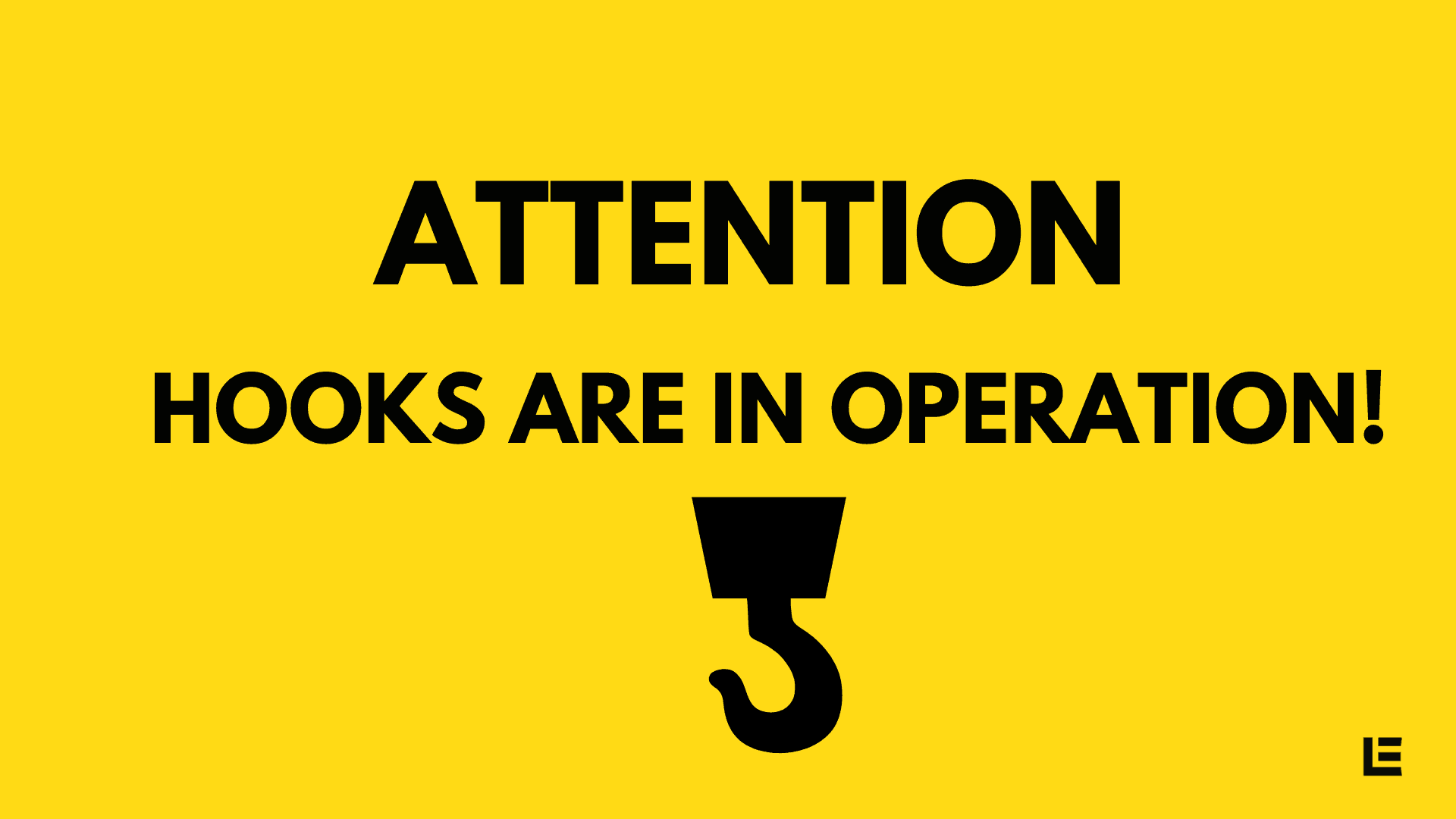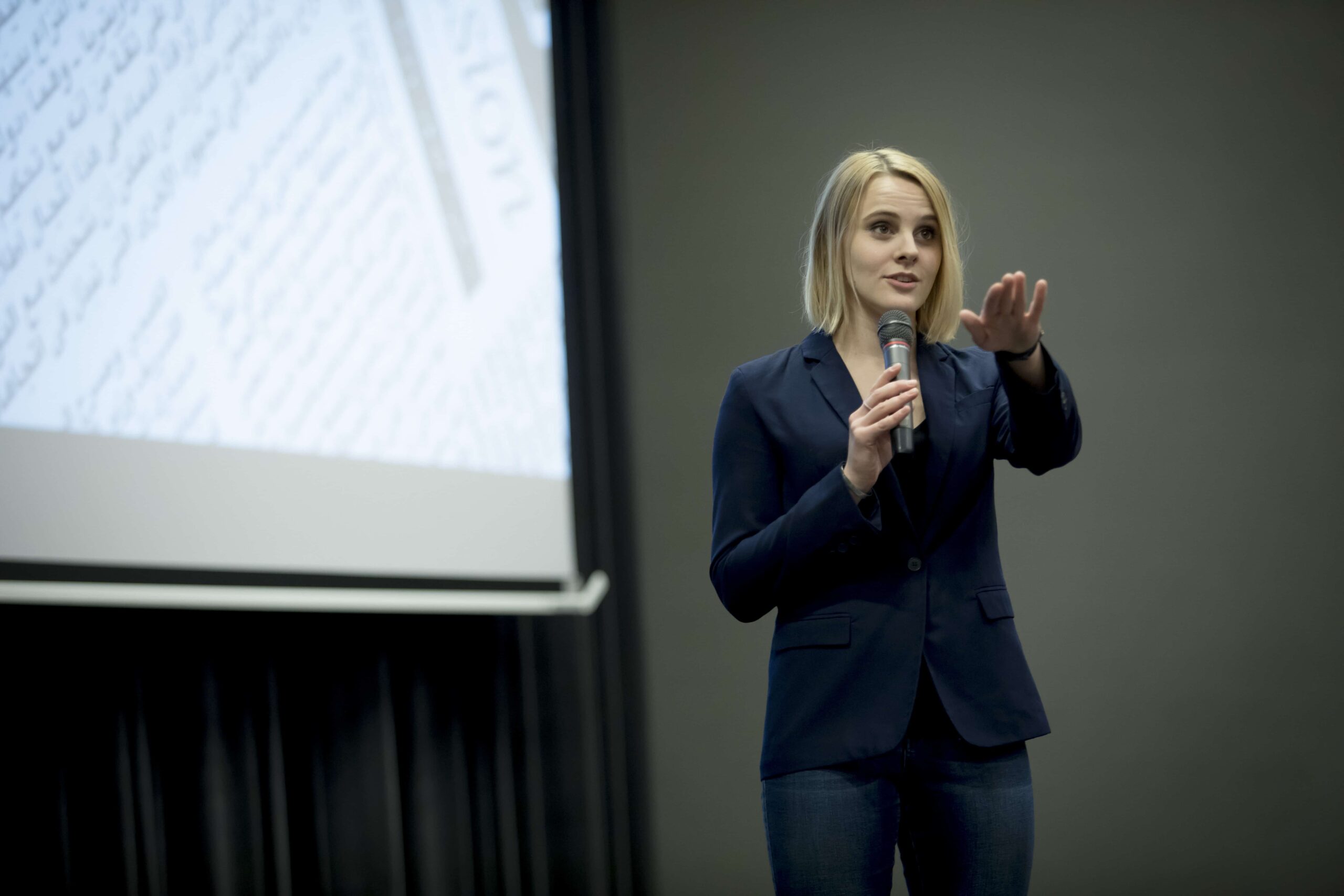In almost all of our presentation trainings we hear a burning question: “How should I behave while presenting?”. The general answer is quite simple – behave like yourself. Of course, there is “room for improvement” when it comes to your presentation skills. However, changing a fact-oriented, a bit shy IT expert into Steve Ballmer won’t look natural. And if it doesn’t, the chances of audience liking your presentation (and believing you) will drop dramatically. On the other hand, you may often hear some stereotypical criticism: “She’s awfully professional and you can easily see that she’s overtrained it. It looks like another TED talk”. We don’t want that, do we?
For today, we have prepared an analysis of a presentation that is very, very different: Elon Musk’s launch of Tesla Cybertruck. Elon uses a totally different style than most of TED presenters do. He is not another Steve Jobs of presentations either. Quite the opposite, in fact: he’s delivery is imperfect, his voice unappealing, and his body language – unclear at times. Still, however, he manages to create a memorable presentation – not only because he’s announcing another extraordinary machine of his, but also because he uses hooks – a key element every presentation should rely on. Watch the recording available here, and read on for some practical advice on how to be yourself in a presentation and still make a lasting good impression.
I’ll believe it when I see it: Demonstration as Hook
One of the best elements to convince the audience to buy is… to show how the product works. When you demonstrate the capabilities of your product well, audience engagement rockets – specifically because everyone prefers to see how an unknown thing works rather than to hear about it. Tesla Cybertruck is not an easy object to present indoors. However, Elon managed to test some of its most exciting capabilities in a manner that focuses all the attention. Like here, for example:
A great hook, and a great example for those of you who can somehow show what you do. Not only will this bring a new element in your presentation, but it will also help you explain the purpose of it. So, if you’re about to conduct a product presentation – show the very thing. If it’s a webinar platform, try to connect with somebody live. If it’s a conference or an expo, take your product with you. If you are discussing an IT solution (say, Robotic Process Automation), record a video and give your audience a chance to see the novelty work. I hear you say “but what’s if that’s not going to work perfectly?” Read on. Elon has a great answer.
Oops!: Failure as Hook
One of the reasons for Musk’s presentation going viral was the huge fail during the show. The strategy was to test everything they could, right? So, they have tested a window, claiming the glass (or rather a transparent metal in this case) was extremely tough. Turned out it’s not.
On a scale like this, a failure of this sort may be called as a “disaster”. But what does Elon do? “Well, maybe that was a little bit too hard”, he says. “It didn’t go through, that’s a plus side”. “A room for improvement”, he concludes. The public is confused but finally laughs. Expectations are violated, a surprise rules in the kingdom of attention.
Mistakes are strong hooks. Are you familiar with a global movement that organizes “fuckup nights”? Presenters talk only about mistakes and failures there. It is so popular for two reasons – firstly, everybody loves listening to unconventional stories and secondly, it’s easier to learn on somebody else’s failures. The topic in itself is itself enough of a hook. So was the idea to try out Tesla’s armour glass.
Let’s talk business real life. You probably wouldn’t like to sabotage your presentations and show something completely untested to your business partners. However, think about including a minor fail, a tiny defeat. Maybe a story how of you stumbled on a new idea when in trouble, and of what you thought was a failure but turned out to be a brilliant success. You can mention a mistake that you have learnt from. It is not risky if you turn it around as Elon does, and claim there is still “room for improvement”. An admission of failure – or a staging of it – is surely a great reason for the audience to focus and think.
Ha, Ha, Ha: Jokes as Hook
If you watch the whole presentation, you will see that almost in each bit there is a small joke. For Elon, passing information is a priority – he explains very clearly how the truck is build, what is so unusual about it, and… as a cherry on top, he adds a little joke.
Jokes in presentation have always served as a great hook; everybody likes to laugh and most of us adore stories. If a joke serves the purpose of highlighting or presenting the information that you convey, why not to use this technique?
Looking at Elon’s presentation, all his jokes stressed the superiority of Tesla over other cars. Each joke of course accentuated a different feature, but all had in common the goal of convincing the audience that Cybertruck is innovative, well-done and worth buying.
Even in the bit with the shattered window that we’ve discussed above, Elon did not hold back and tried to turn what seemed to be a tragic fail, into a joke – “it didn’t go through” – by stressing the positives.
Next time, in your presentation strategy, you might want to implement a structure where some information will end in a small joke, a meme if your business environment allows you to, and mocking competition in a small dose. This will always spice up your presentation and make the audience “hooked”.
Conclusion: Hook and Be Yourself
Elon Musk has his own way of presenting. It may strike you in the clip that his fluency isn’t that perfect. His voice is unappealing. Body language? Not that good, not at all TEDesque. He may even put hands into pockets (something our mums won’t like).

Does that mean his presentation is not a success? Can you call his performance insufficient? On the contrary, the talk is truly informative and entertaining! Hence, Elon’s performance teaches us that there are different styles of presenters, and we shouldn’t strive for becoming the type that is not natural for us. One would be perfect in entertaining the audience with jokes, one will be extremely professional and deliver lots of information, or the other would base his presentation mostly on stories. Whatever the style, however, every presenter should strive to organize content for the audience. One way to do so is to use hooks: strategic elements in the talk that the audience will focus on, and will continue to remember afterwards. Prepare that, and small imperfections will not matter.
This article is a part of a larger series in which we analyze interesting presentations and show how you can nicely improve your performance in your next public talk. See any material worthy analysis? Do you have any questions perhaps? Write at julia@languageextreme.pl




